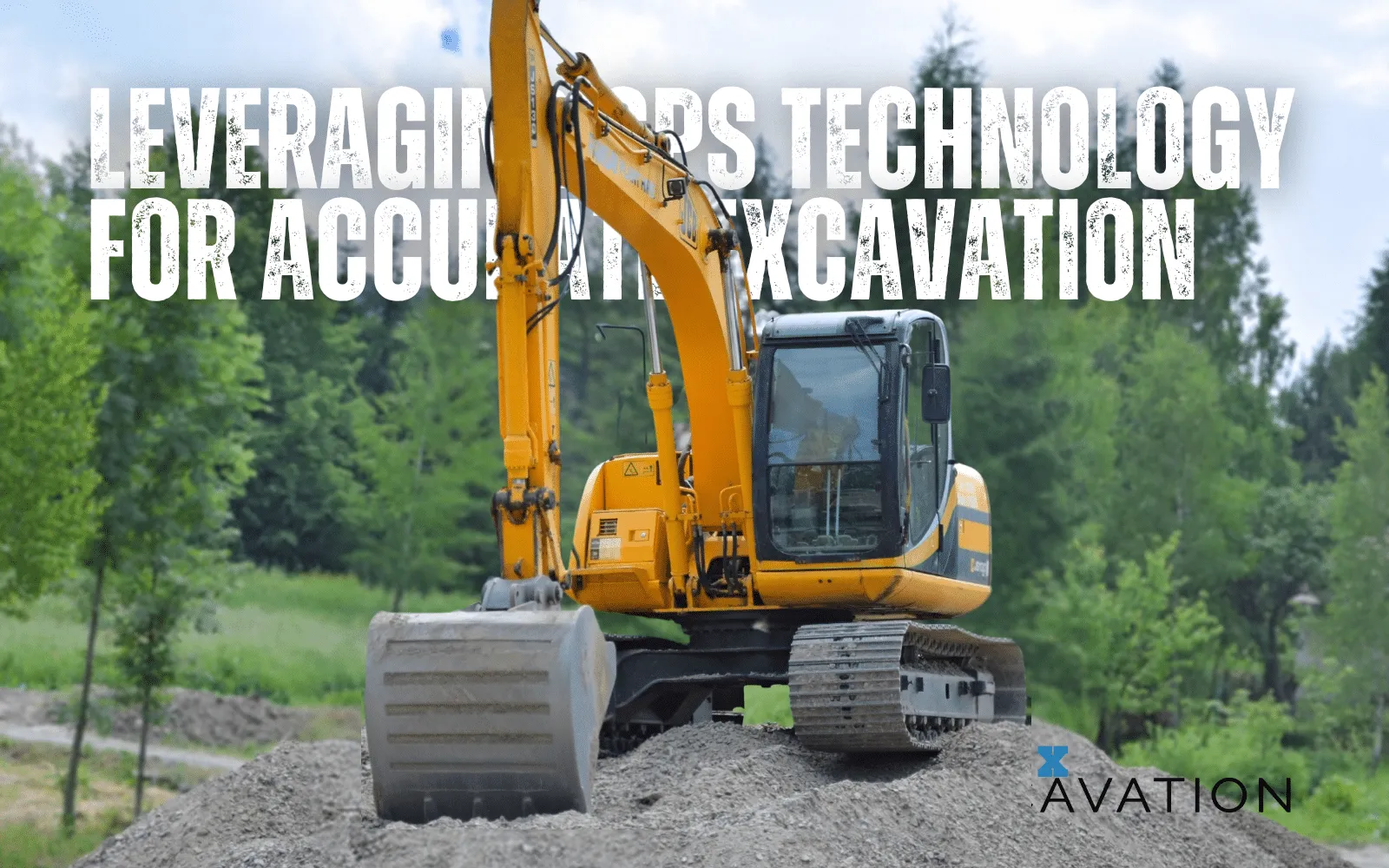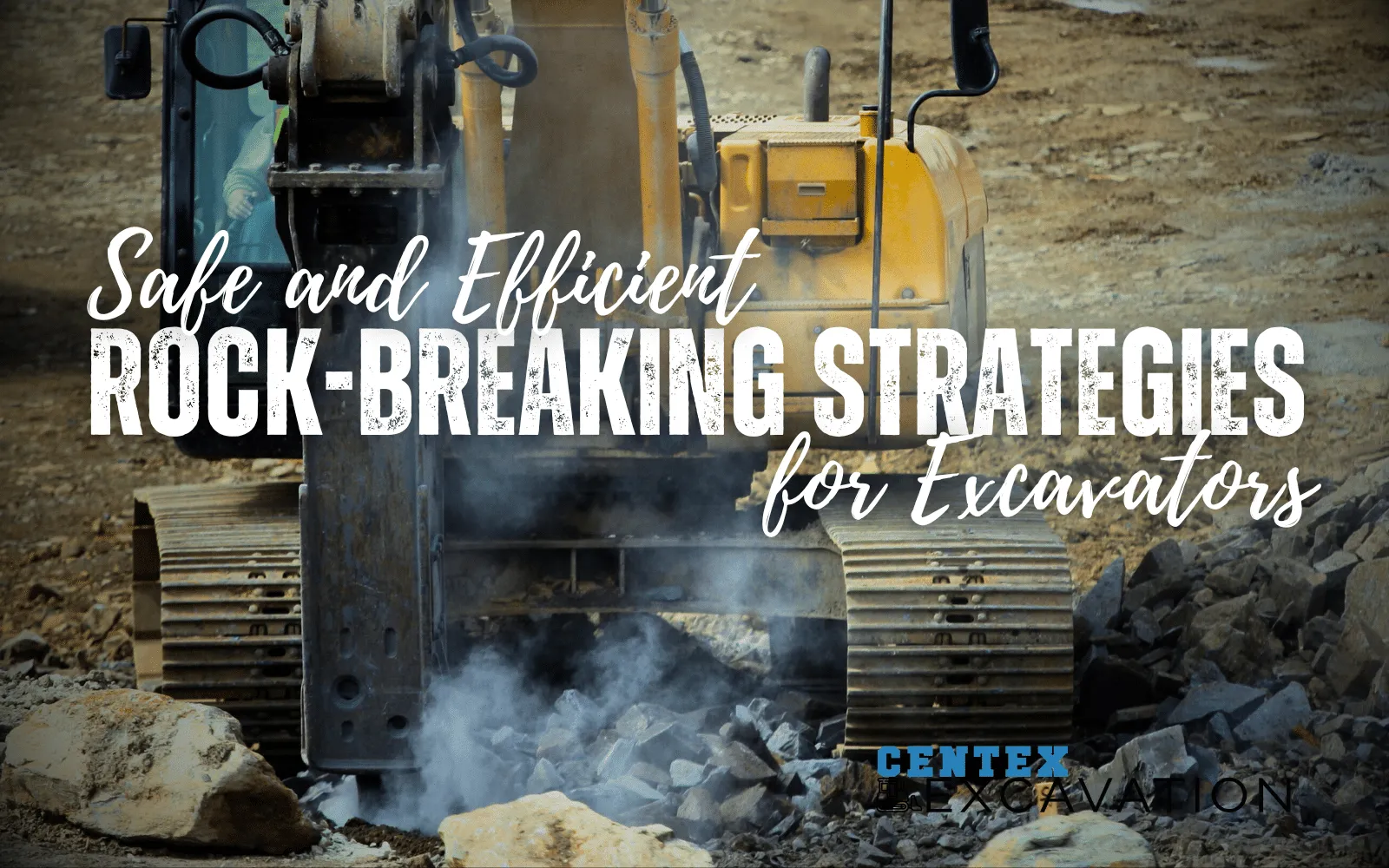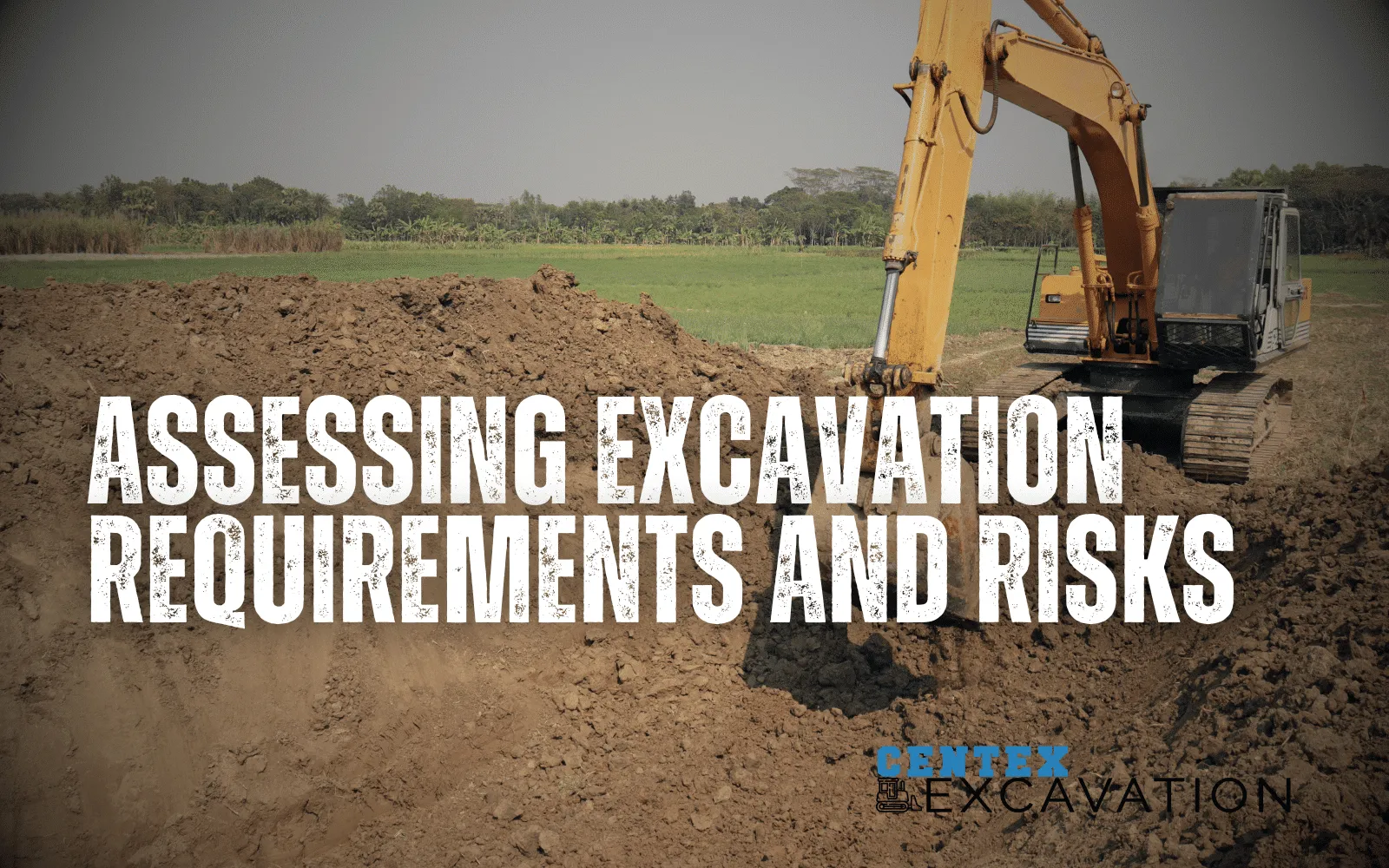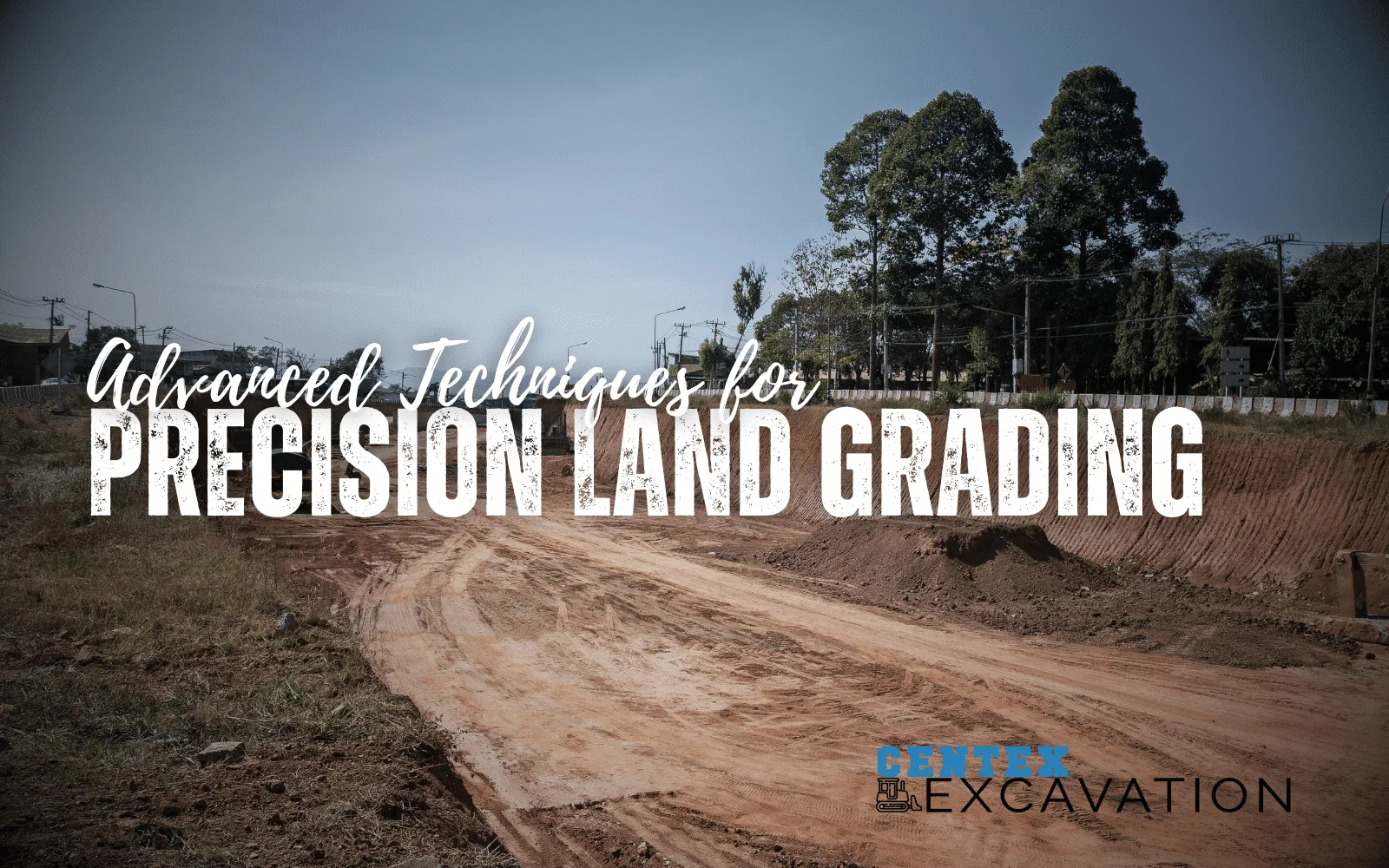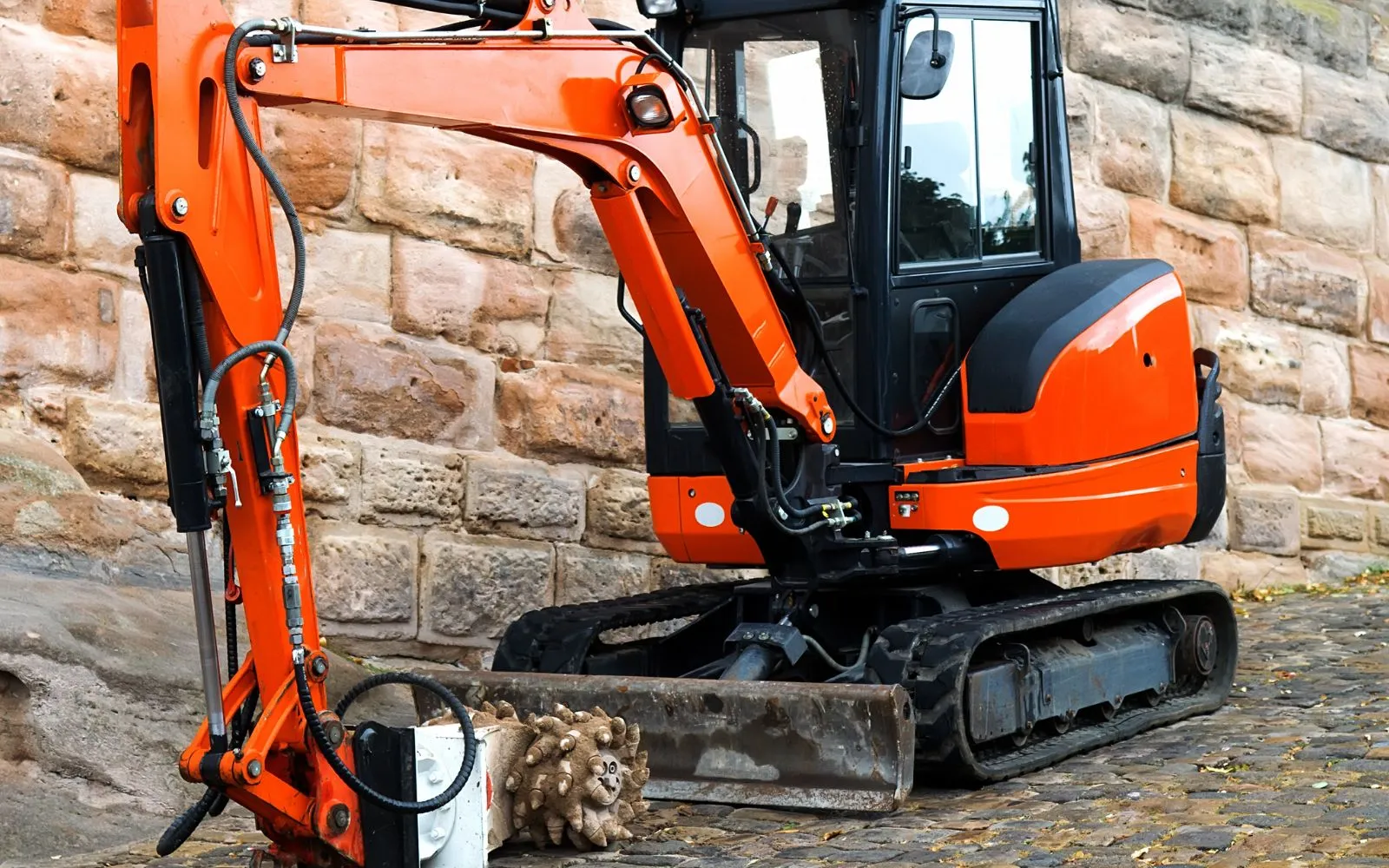The Role of Hydrology in Excavation and Grading

- Crucial Impact of Water Table: The water table significantly influences excavation and grading, affecting soil stability, equipment performance, and overall site safety. High water tables can lead to soil instability and require dewatering measures.
- Equipment and Planning Essentials: Selecting the right equipment, like pumps for dewatering and appropriate soil compaction machinery, is vital in hydrologically challenging sites. Thorough site assessment and continuous monitoring are key for adapting to changing hydrological conditions and ensuring compliance with water management regulations.
- Hydrology in Sustainable Construction: Integrating hydrological considerations into project planning aligns with sustainable construction practices, helping to minimize environmental impacts such as soil erosion and ecosystem disturbance.
If there's one thing we see excavation companies constantly overlook, it's the hydrology associated with the project terrain. But that's why we're here to demystify hydrology's impact on these critical construction processes, providing insights for professionals and enthusiasts alike.
Understanding hydrology in construction.
Hydrology is the scientific study of the movement, distribution, and management of water on Earth. This field is crucial in construction, particularly during the excavation and grading phases.
The presence and behavior of water in soil and rock layers, what we often refer to as the water table, significantly influence the safety, efficiency, and success of these operations.
So, how does the water table affect excavation?
A high water table can lead to water ingress in excavation sites, potentially causing soil instability and necessitating dewatering measures.
The impact of water on excavation and grading.
When planning excavation or grading, one must consider the water table level, soil moisture content, and potential for water flow. These factors can affect soil stability, equipment performance, and the overall safety of the construction site.
- Water table and soil stability. The water table level, or the upper surface of groundwater, plays a pivotal role in determining soil stability. Excavation near or below the water table requires careful planning to prevent water ingress, which can lead to soil liquefaction - a phenomenon where the soil loses strength and behaves more like a liquid.
- Soil moisture content. The amount of moisture in soil affects its cohesiveness and ease of excavation. High moisture content can lead to clumping and difficulty in handling soil, while arid conditions can create dust problems and compaction challenges.
- Surface runoff and erosion. Grading operations, essential for shaping the land for construction, can be heavily influenced by surface water runoff. Poorly managed runoff can lead to erosion, impacting the site's stability and necessitating additional corrective measures.
Equipment considerations for hydrologically challenging sites.
The choice of equipment is critical in hydrologically sensitive construction sites—
- Pumps for dewatering. In areas with high groundwater levels, dewatering pumps are essential. These pumps help maintain a dry worksite by removing water, ensuring safer and more efficient excavation and grading operations.
- Soil compaction equipment. When working with moist soil, it's crucial to use the correct compaction equipment to achieve the desired soil density and stability. Vibratory rollers and plate compactors are commonly used for this purpose.
- Excavation machinery with appropriate attachments. Different soil conditions require various excavator attachments. For instance, a bucket with teeth might be ideal for digging in wet, sticky soil, while a smooth-edge bucket could be more suitable for scooping and leveling dry, sandy soil.

You might not have the right equipment on hand to deal with these issues. That's not a problem. You can choose to rent the necessary equipment or even subcontract out the hydrological challenges.
We'll talk more about that in our upcoming case study.
Hydrology's role in project planning and management.
Hydrology is not just about dealing with immediate water-related challenges; it's also about planning and managing these aspects throughout the construction project—
- Site assessment. Before starting any excavation or grading work, a thorough site assessment is crucial. This includes analyzing the soil type, water table depth, and potential for flooding or runoff.
- Permit and regulation compliance. Many regions have specific regulations regarding water management in construction sites. Complying with these regulations, which might involve obtaining permits for dewatering or runoff control, is essential for legal and environmental reasons.
- Continuous monitoring. Hydrological conditions can change rapidly, especially in response to weather events. Continuous monitoring of the water table, soil moisture, and runoff patterns is necessary to adapt to these changes and mitigate any risks.
The interplay between hydrology and sustainable construction practices.
Incorporating hydrological considerations into excavation and grading aligns with sustainable construction practices. Effective water management can reduce environmental impacts, such as soil erosion, sedimentation in nearby water bodies, and disturbance to local ecosystems.
A case study: Success through hydrological consideration.
When it comes to large-scale construction, understanding and managing the challenges posed by hydrological factors is critical for success. This case study showcases the effectiveness of such an approach in a project hindered by a high water table.
Project overview.
The project in question, undertaken by ConstructExcellence Inc., was a multi-acre development in a region known for its high water table. The development aimed to create a mixed-use space, including commercial, residential, and recreational areas.
Challenge.
The team encountered the primary challenge early in the construction phase - a significantly high water table. This led to frequent flooding of the site, hindering progress and threatening structural integrity.
Solution.
ConstructExcellence Inc. implemented a two-pronged strategy.
- Submersible Pumps—
- The team installed advanced submersible pumps from AquaTech Solutions. These pumps efficiently drained excess water, maintaining a dry worksite.
- These pumps were strategically placed and monitored continuously to adapt to changing water levels.
- Redesigning the Grading Plan—
- The original grading plan was modified to improve drainage.
- The redesign focused on creating gentle slopes leading away from the central construction area, facilitating natural water flow and reducing accumulation.
Results.
- Timely completion. Despite initial setbacks, the project was completed within the original timeline.
- Budget management. Through efficient management, the additional costs incurred for water management were kept minimal.
- Environmental consideration. The water management strategy ensured minimal disruption to the local ecosystem. Water drained from the site was treated and released, adhering to environmental standards.
Implications for future projects.
This case study demonstrates the importance of proactive hydrological consideration in construction. It highlights the need for adaptable strategies and the benefits of integrating environmental responsibility into construction practices.
This case study is a valuable example for those involved in similar projects. It emphasizes the need for early identification of potential hydrological challenges, investment in the right technology, and a commitment to sustainable practices.
Don't underestimate the critical role of hydrology in excavation.
Hydrology's role in excavation and grading is pivotal for the success and sustainability of construction projects.
Construction professionals can enhance safety, efficiency, and environmental stewardship by understanding and effectively managing water-related aspects.

